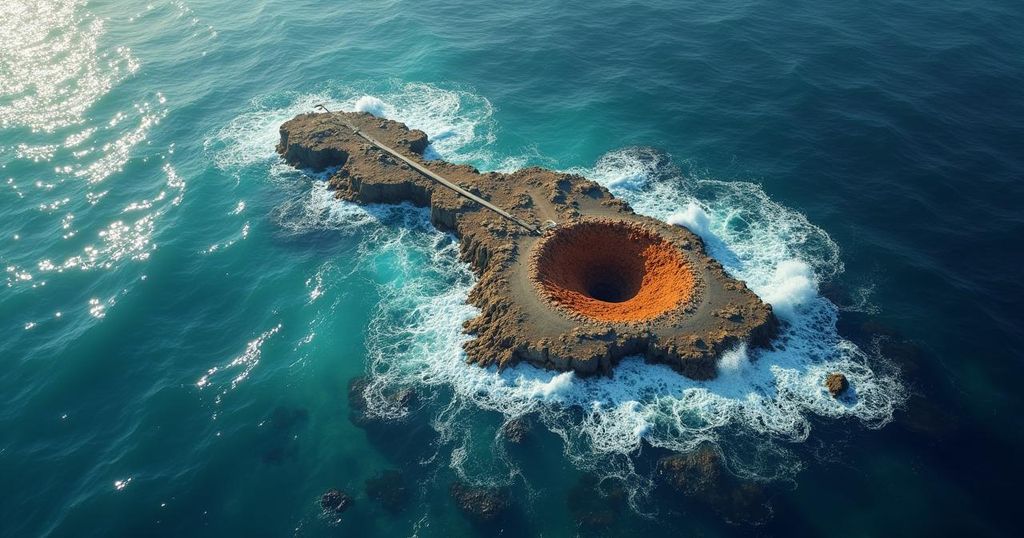M6.2 Earthquake Strikes Off Costa Rica’s Coast on October 12, 2024
A M6.2 earthquake occurred off the coast of Costa Rica on October 12, 2024, at a shallow depth of 18 km. The epicenter was located 41.4 km NW of Tamarindo. Approximately 69,000 felt moderate shaking, while 1,856,000 experienced light tremors. No tsunami threat is present, and a Green alert for casualties and economic loss was issued by the USGS.
On October 12, 2024, a strong earthquake measuring M6.2 struck off the coast of Costa Rica at 17:43 local time (11:43 UTC). The earthquake, registered by the United States Geological Survey (USGS), had a shallow depth of 18 kilometers (11.2 miles). The European-Mediterranean Seismological Centre (EMSC) corroborated the findings, reporting the same magnitude and depth. The epicenter was located approximately 41.4 kilometers (25.7 miles) northwest of Tamarindo, a coastal town with a population of 6,375, and 67 kilometers (41.6 miles) west-northwest of Santa Cruz (population 12,281), and 75.9 kilometers (47.1 miles) west of Liberia, the capital of Guanacaste Province, which has a population of 45,380. About 69,000 individuals reportedly experienced moderate shaking, while approximately 1,856,000 felt light tremors. Fortunately, there is no tsunami threat associated with this seismic event. The USGS issued a Green alert for potential shaking-related fatalities and economic losses, indicating a low likelihood of casualties and damage. However, it should be noted that the local population generally resides in structures that could be highly susceptible to earthquake shaking; vulnerable building types include mud walls and adobe block constructions. Moreover, prior earthquakes in this region have triggered secondary hazards such as landslides and liquefaction, which may have further complicated the impact and losses from this latest earthquake.
The seismic activity off the coast of Costa Rica is a matter of concern due to its geographical positioning along the boundary of tectonic plates. This region frequently experiences earthquakes, and the local infrastructure varies in resilience. Buildings constructed from materials such as mud and adobe can be particularly vulnerable to damage in the event of significant seismic activity. Understanding the characteristics of such disasters, including their potential for causing secondary hazards, is vital in assessing risk and preparing appropriate response measures.
In summary, the M6.2 earthquake that struck off the coast of Costa Rica on October 12, 2024, has raised awareness about the region’s seismic vulnerabilities. Although there were no immediate threats of a tsunami, the assessment of building structures in the area and the potential for secondary hazards remains paramount for mitigating future risks.
Original Source: watchers.news




Post Comment